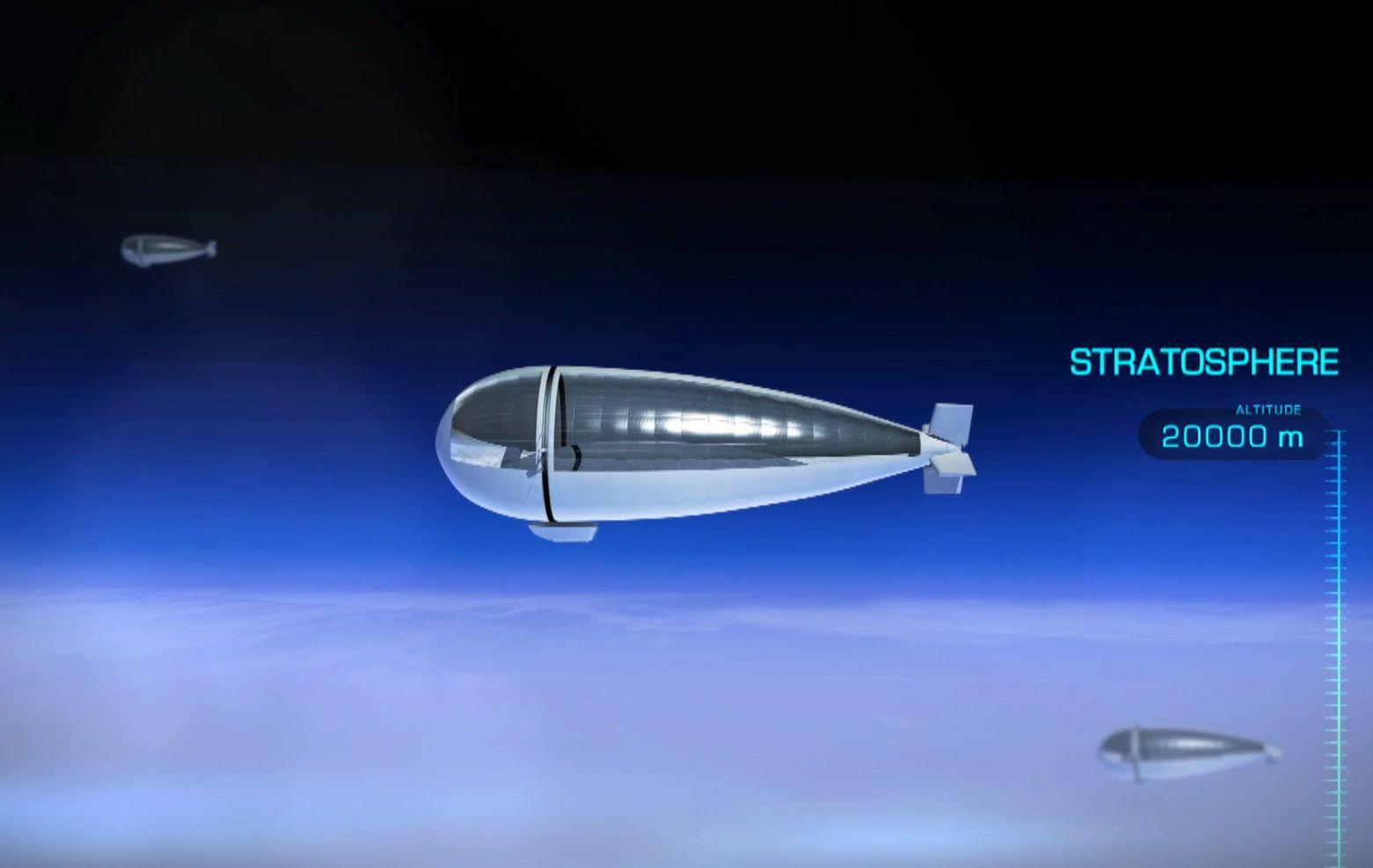Stratobus: Halfway between a drone and a satellite
The StratoBus project may immediately call to mind Google's Project Loon. But the advantage of StratoBus is that it offers long endurance and complete autonomy from a fixed position, while the high-altitude balloons in Loon move around the Earth and will offer only limited autonomy. StratoBus, a surprising vehicle halfway between a drone and a satellite, will be able to carry out a wide range of missions, including observation, security, telecommunications, broadcasting and navigation… and it offers a lifespan of five year.
Stratobus: the autonomous, stationary stratospheric platform

StratoBus covers a wide range of potential applications, including border and maritime surveillance, boosting GSM network capacity for public events and GPS augmentation over areas of dense traffic.
The platform itself is a high-altitude airship measuring 70 to 100 meters long and 20 to 30 meters in diameter. It will feature a number of technological innovations, in particular to make sure it captures the Sun's rays in all seasons: a power generation system (coupling the solar panels to a solar power amplification system patented by Thales), an ultra-light reversible fuel cell for energy storage, etc.
The StratoBus platform will require continuous significant energy input to offset the wind: two electric motors will automatically adjust their output power depending on wind speed (up to 90 km/h).
The first prototype should be rolled out within the next five years.